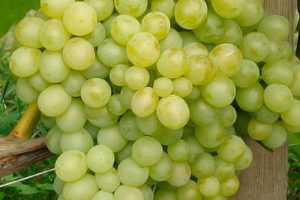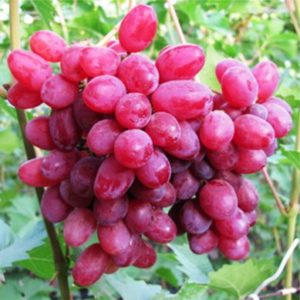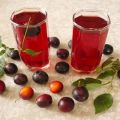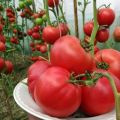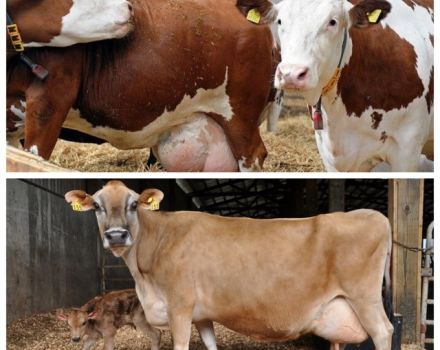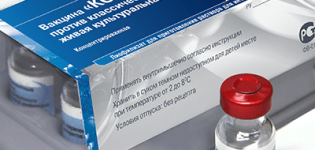4 easy recipes for making pomegranate wine at home
The classic recipe for homemade pomegranate wine requires a minimum of components. Among them are ripe pomegranates. Initially, the method was used in hot countries - Azerbaijan, Israel, Turkey, where the raw material for the drink grows right in the plots, in gardens. In the conditions of Russia you will have to use the services of the market. But the wine is worth it: tasty, aromatic and healthy. A real pantry of vitamins.
Cooking features
To make pomegranate wine, you need to fulfill a couple of conditions:
- Carefully select ripe, not rotten fruits.
- Add sugar and water to neutralize the fruit's natural acidity.
The exception is some Israeli varieties in which there is enough natural sugar content. The more sweetness in the wort, the original wine material, the tastier the product will be. Be sure to remove the white partitions in the fruits, giving tangible bitterness.
Product benefits
Ripe pomegranates and wine contain a large amount of rare amino acids, vitamins K, C, group B, as well as potassium, copper and phosphorus. The fruits improve the work of the heart, cleanse the blood, help prevent caries, and have a beneficial effect on the condition of bone tissue and cartilage. For the sake of this alone, it is worthwhile to start making wine, a miraculous nectar with a lot of useful properties.
How to make pomegranate wine at home
To make wine from pomegranates, you will need fruits, water, sugar and a bottle with a water seal. The latter can be replaced with a medical rubber glove. This life hack is used by many winemakers: the mash wanders - the glove is inflated. The product is ready - the glove is deflated.
The following are the most common recipes for making a pomegranate drink.

Classic recipe
For classics in winemaking they use:
- ripe fruits, carefully selected - 5 kilograms;
- granulated sugar - 350 grams for each liter of juice;
- water - 50 milliliters per liter of mixture.
You will also need wine yeast - ready-made or home-made. They are added because pomegranate juice may not ferment naturally. Homemade yeast is made from ripe small berries (raspberries, raisins), leaving them in a warm place with sugar for a couple of days. Bread is not good, so it will turn out mash.
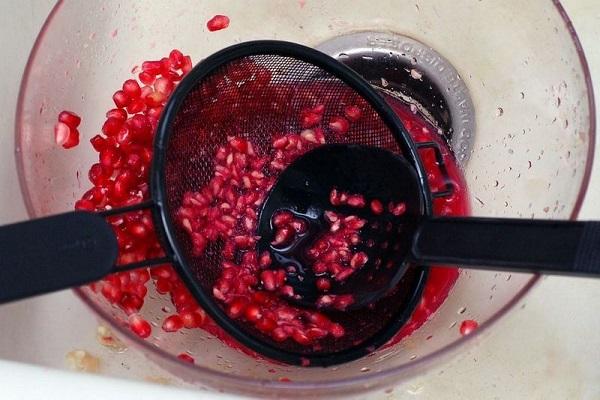
First of all, we clean and wash the pomegranate. Skins, partitions are removed, the grains themselves will be needed. We crush the juice. This is done manually, on a squeezer, in a combine - whatever you like. The finished mixture, bypassing filtration, is poured into a bowl with a wide neck.Sugar and water are added to it (their amount is tied to the volume of the mixture). Sugar is still needed 150 grams per liter. Sourdough or wine yeast is also placed there.
The neck is tied with gauze, and the container itself is placed in a dark room with a constant temperature within 18-25 degrees. The wort is mixed every day. Fermentation will begin soon and a characteristic odor will develop.
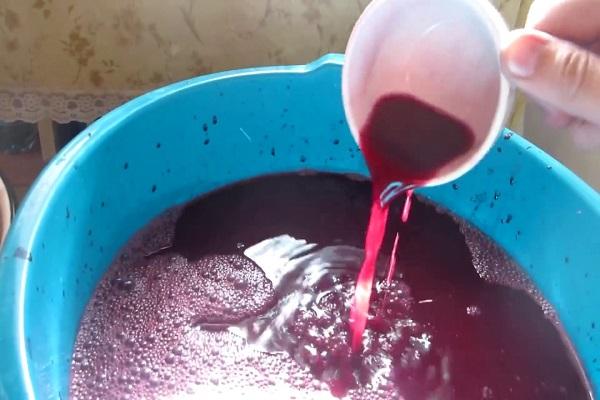
Now you can strain the wort from the sediment and cake, using 3-4 layers of gauze. If you squeeze out the remaining pulp, you get some juice. It is poured into the wort. Then sugar is added (100 grams per liter), the composition is mixed, poured into a wine bottle with a narrow neck. The shutter is installed, the container is again placed in a dark place with a stable temperature. After another 4 days, add another 50 grams of sugar to a liter of wort.
Secret: in order for the granulated sugar to dissolve, about a liter of liquid is carefully drained from the bottle, mixed, then returned back.
After the next 4 days, the sugar addition procedure is repeated. On average, fermentation takes 35 to 50 days. Its end is evidenced by the cessation of gurgling in the bolt or the glove falling off.
Young wine is poured into a clean bottle. After tasting, if everything suits you, sugar and alcohol are added, and the product can be poured into smaller containers, wine bottles.
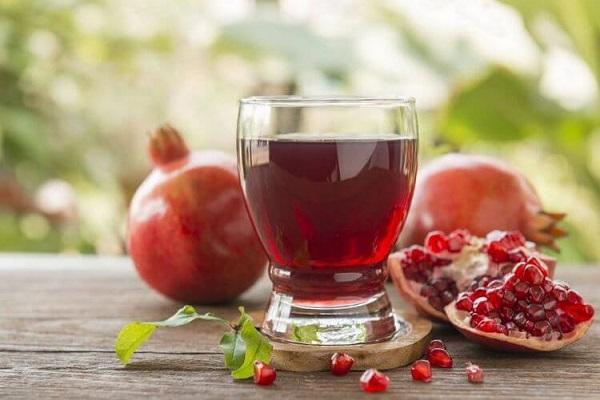
Barley variant
The modernized recipe is based on enhancing the taste of wine with barley grains. You will need:
- ripe pomegranate fruits - about a dozen and a half;
- one lemon;
- granulated sugar - 1.5 kilograms;
- crushed barley - 220 grams;
- wine yeast;
- water - 4 liters.
The secret of the recipe is to boil barley grits in 2 liters of water. When the mixture cools slightly, it is filtered, pre-peeled pomegranate grains, juice squeezed from lemon and sugar are added. Then it remains to add water and put yeast (sourdough).
The indicator of the end of fermentation is the cessation of sediment formation.

From pomegranate juice
The presence of ready-made juice simplifies the process of making wine. It remains to add sugar, leaven and water. The higher the concentration of pomegranate extract in the juice bought on the market, in the store, the better. The ideal option is to use a freshly squeezed substrate (available on the market), the rest of the ingredients are taken as for a classic recipe.
Yeast and leaven free
Pomegranate wine can ferment without a catalyst, yeast, but then the process becomes more unpredictable. You will need 5 kilograms of ripe fruits and about 1.2 kilograms of sugar. We do everything else as in the classic recipe.
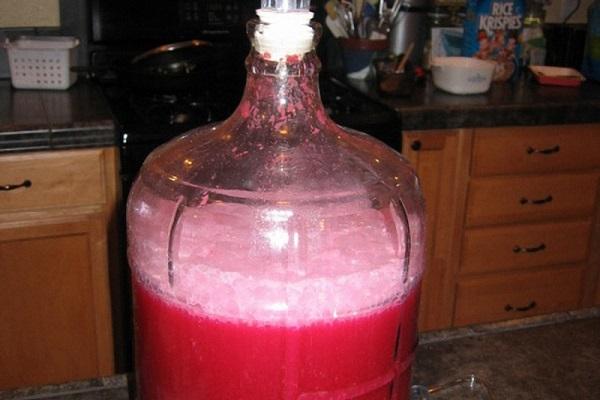
Storage rules and periods
Sealed bottles of pomegranate wine are stored in a dark place without access to sunlight. This can be a cellar, basement, storage room. It has been noted that aging has a beneficial effect on the taste of the drink, making it softer and more balanced. In this case, about once a month, the precipitate is filtered off.
How and with what they drink pomegranate wine
Wine is drunk in small sips, like a low alcohol drink. It is better to cool it slightly. It can be used as an aperitif or dessert, in addition to fruit. They are also used as a base for mulled wine, cocktails.
